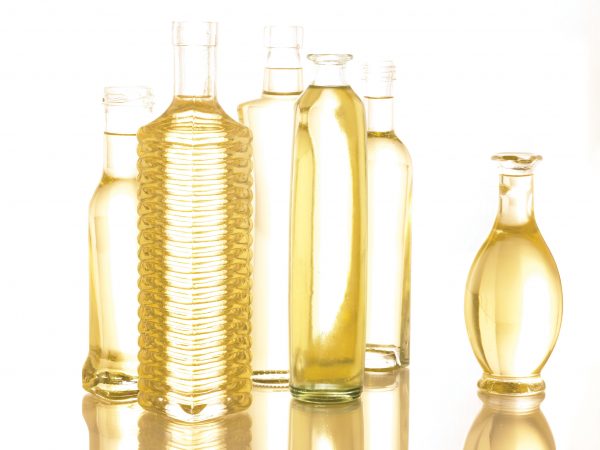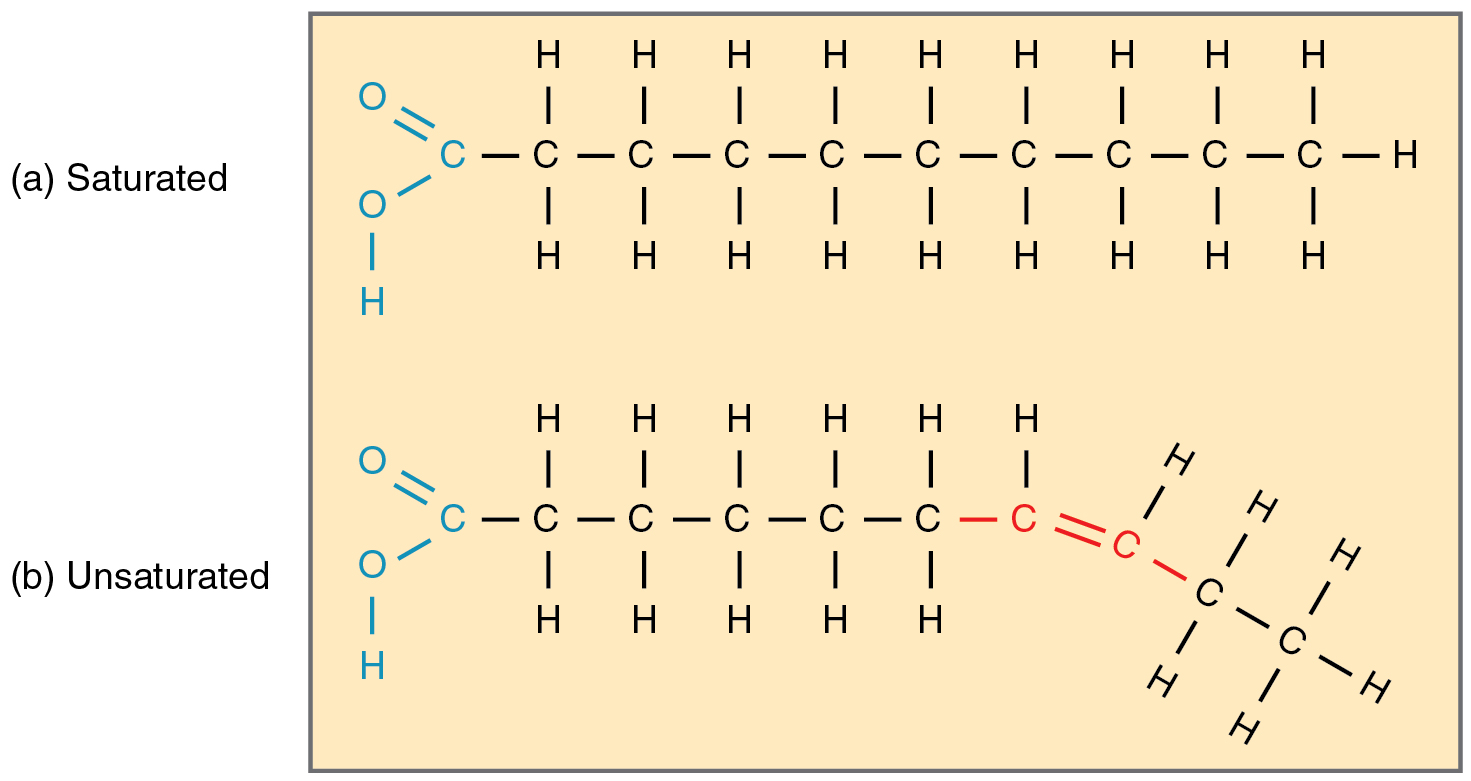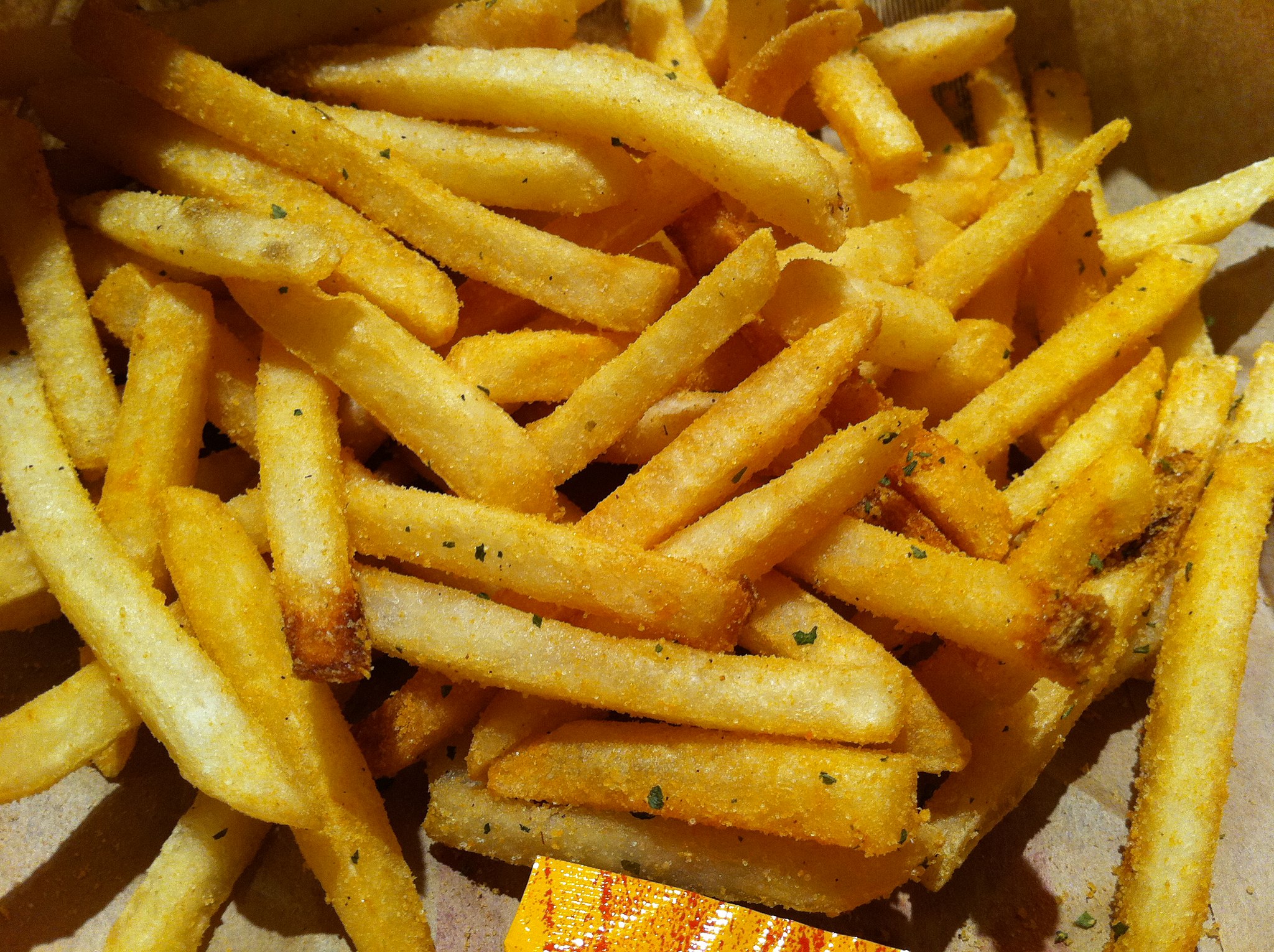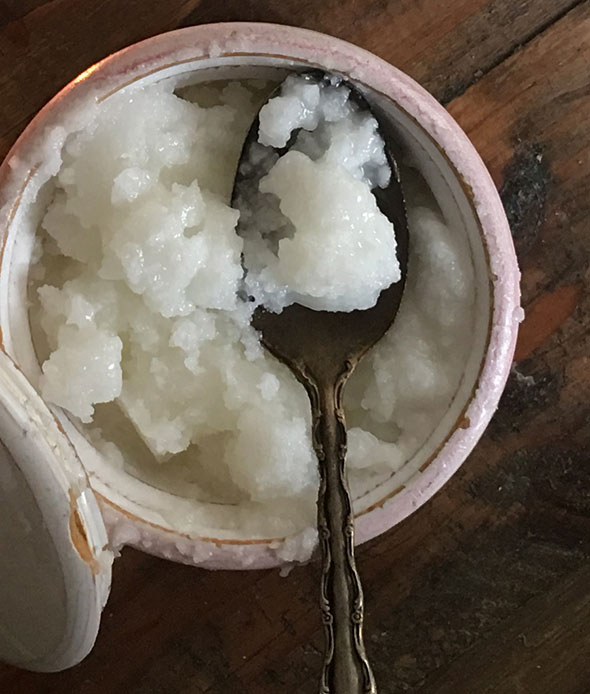The modern diet has many known pitfalls: too much sugar, highly processed foods with little nutrition, staples like wheat being contaminated with herbicides, and the ever-more-damning practice of genetic modification; but a new culprit has come to light. Having long been promoted as a solution against vilified saturated fats, industrial seed oils are now revealed to be far from a healthy alternative.
How industrial seed oils came to replace traditional fats
Corn oil, canola oil, cotton seed oil and soybean oil, ubiquitous in the modern diet, have a shady history, beginning in the late 1800 with a pair of innovative entrepreneurs.
William Proctor and James Gamble were making a new type of soap in Cincinnati in the 1870s, using vegetable oils in place of lard, when recently discovered oil in Pennsylvania replaced cottonseed oil as fuel for lighting. The pair took advantage of the excess seed oil, then deemed a “toxic waste,” in their soap making industry, and realized another profitable application for it as well. By chemical “hydrogenation,” the oil could be rendered solid at room temperature, extremely shelf-stable, and marketed to replace animal fat.
Procter & Gamble introduced Crisco in June 1911, as the first shortening made entirely of vegetable oil (cottonseed oil – aka toxic waste).
In the 1940s, the company made a generous donation of $1.5 million to a group of American Heart Association cardiologists, funding a boost to the organization’s national profile. Naturally, the AHA was happy to endorse P&G’s hydrogenated vegetable oils as “heart healthy,” a promotion that shaped the American diet for decades on end.

Success
You are now signed up for our newsletter
Success
Check your email to complete sign up
Saturated fats were “proven” unhealthy in a 1952 study by Dr. Ancel Keys. While the study began with 22 countries, Keys only used data from the seven countries that supported his theory that countries with the highest consumption of saturated fats had the highest rates of heart disease. On top of that, he made no distinction between natural saturated fats and the man-made trans fats that were by then popular in many industrialized countries.
Around the same time, a “war on cholesterol” began in America. For decades, the government made recommendations regarding “good cholesterol” (HDL) and “bad cholesterol” (LDL), encouraging frequent testing, regulating cholesterol with lucrative pharmaceuticals and the avoidance of natural fats like butter, lard, eggs and cheese. Although more research has shown that natural cholesterol is actually very healthy, the damage was done.
A booming market evolved for products like Crisco, margarine, Cool Whip, coffee creamers, peanut butter, and various other processed foods made with hydrogenated vegetable oils. To fill the demand, additional cheap sources of oils were soon discovered.
By the 1950s, 20 years after soybeans were introduced to the U.S., soybean oil was the most widely used vegetable oil in the world. Canola (made from rapeseed), corn oil, and safflower oil soon became solid competitors.

The process of making industrial seed oils
Industrial seed oils are obtained from the above-mentioned seeds by heating them to extreme temperatures (between 110 and 200 C), thereby oxidizing the unsaturated fatty acids. To maximize the amount of oil extracted, the seeds are then processed with a petroleum-based solvent like hexane.
Since the process yields a nasty-smelling product, chemicals and further heating are used to deodorize the oils, which, in turn, produces trans fats. Other chemicals are added to improve the color.
The whole process results in a shelf-stable product with little nutrition and plenty of questionable features, including oxidation, trans fats, and chemical residues.
What makes industrial seed oils unhealthy?

Highly-processed and chemically-altered foods are generally poor choices because our bodies don’t know how to deal with them. We are genetically equipped to process natural, traditional, real foods, and transform them into everything our bodies require; but filling up with foreign substances really throws a wrench in the works. Hydrogenated oils are no exception; but to understand how they affect our health, we must delve into the complicated issue of fats.
Good cholesterol, bad cholesterol, saturated, unsaturated, polyunsaturated, hydrogenated, omega 3, omega 6, partially hydrogenated and trans fats are trigger words that carry very vague meanings for many of us; not only because they overlap in complex and confusing ways, but also because we are regularly inundated with mixed messages from various entities driven by dubious interests and intentions.
Fun facts about fats
To sort it out, let’s start the basic chemistry of fat. Fatty acid molecules are made up of carbon, hydrogen and oxygen atoms. The carbon atoms largely determine whether the fat is saturated or unsaturated, because carbon atoms can form single, double, or triple bonds with each other, and these bonds affect the shape and stability of the molecules.
Saturated fats feature strictly single bonds, which are the most stable. They also form straight-shaped molecules, which pack tightly and yield a substance that is solid at room temperature. Naturally-occurring saturated fats include butter, lard, coconut oil, and palm kernel oil. While these fats were wontonly targeted as a health threat for the past several decades, saturated fats actually serve several essential functions and should be considered part of a healthy diet. Because of their high stability, they are ideal for cooking.

Unsaturated fat molecules carry at least one double bond, which is more reactive and unstable than a single bond. The molecules have a more complex shape, pack loosely, and yield a liquid fat, or oil. Foods high in monounsaturated fats (one double bond) include olive oil, avocado oil, peanuts, almonds, and pumpkin seeds, which are also an important part of a healthy diet.
Polyunsaturated fats have two or more double bonds and are found naturally in foods like fish, flax seed, sunflower seeds and walnuts. Omega 3 and omega 6 fatty acids are types of polyunsaturated fat which have terminal carbon-carbon double bonds in specific positions. Both are essential nutrients, meaning our bodies cannot make them from something else.
Before we go any further, a comment about stability is necessary. The stability we are discussing here relates to how easily fats become oxidized when exposed to high temperatures.
Oxidation causes the formation of free radicals, linked with all manner of health issues. The stability mentioned earlier referred to shelf-life at room temperature of an already-oxidized product—economically convenient for hydrogenated oil manufacturers, but hardly “heart-healthy.” Let’s look at why…
Oxidation leads to trans fats
The high-heat processing of industrial seed oils oxidizes their omega-3 fatty acids, making them go rancid. The oil then requires deodorization with further heating, resulting in trans fats. Trans fats are commonly found in hydrogenated (solid) cooking oils as a high percentage of their volume, but are also present in smaller amounts in liquid industrial seed oils.

Research has shown that even a small amount of trans fat can have a negative effect on human health, so many manufacturers have shown incentive to eliminate trans fats from their products. Yet in the case of industrial seed oils, the loophole of “serving size” on nutrition labels is commonly manipulated to falsely present the product as having “0 trans fats.”
In addition, while the omega-3 fatty acids are degraded, the omega-6 fatty acids remain, creating a critical imbalance. The body requires both omega-6 and omega-3 fatty acids for specific functions in the body, at an ideal ratio of 1 to 1.
The modern diet, which includes a regular dose of processed foods, fast foods, and fried foods, has raised that ratio to anywhere between 10 to 1 and 25 to 1. This excess in omega-6 fatty acids is linked with various inflammatory diseases, including type-2 diabetes, rheumatoid arthritis, asthma, cancer and, ironically, cardiovascular disease.
Further reasons to avoid industrial seed oils
The process of hydrogenation also creates lipid peroxides—toxic byproducts which damage various key substances in the body, including DNA, membrane lipids, and proteins. Lipid peroxides can accumulate in the body, accelerate aging, and lead to chronic disease.
The stable shelf-life of industrial seed oils is realized by adding synthetic antioxidants, such as BHA, BHT, and TBHQ, which are known to be carcinogenic and have endocrine- and immune-disrupting effects. TBHQ has also been shown to increase the immunoglobulin E response to food allergens. One might ponder the peanut allergy epidemic at this point.
If that’s not enough, these oils are by and large derived from genetically modified plants. Around 90 percent of all Corn, soy, cotton and rapeseed grown in the U.S. is genetically modified, a huge question mark in terms of long-term effects on both the body and the environment.

Healthy traditional fats and oils
Fortunately, we have the option to avoid these dietary disasters. Processed foods, while cheap and convenient, have enduring costs to our well-being. Choose natural, wholesome foods, and don’t be afraid to cook for yourself.
There is no need to avoid fats, but we should be eating them in their traditional form. Organic olive oil, avocado oil, coconut oil, butter from pasture-raised cows, and lard from grass-fed animals are all good choices.
Before using liquid oils (unsaturated fats) in cooking, check their smoke point. Some oils, like avocado and grapeseed oil, can be used at high cooking temperatures without harm, while others should be reserved for low heat applications to avoid oxidation.
READ ALSO:
- Lessons in Traditional Values From Indigenous Peoples
- What Went Wrong With Wheat? Is This Staple Grain Making Us Sick?
- Sugar – An Addictive Additive To Avoid
A return to tradition is not only a healthy choice, it is a wise choice for the future of humanity. Traditional lifestyles are typically more sustainable, more fulfilling, more harmonious, and less stressful.













